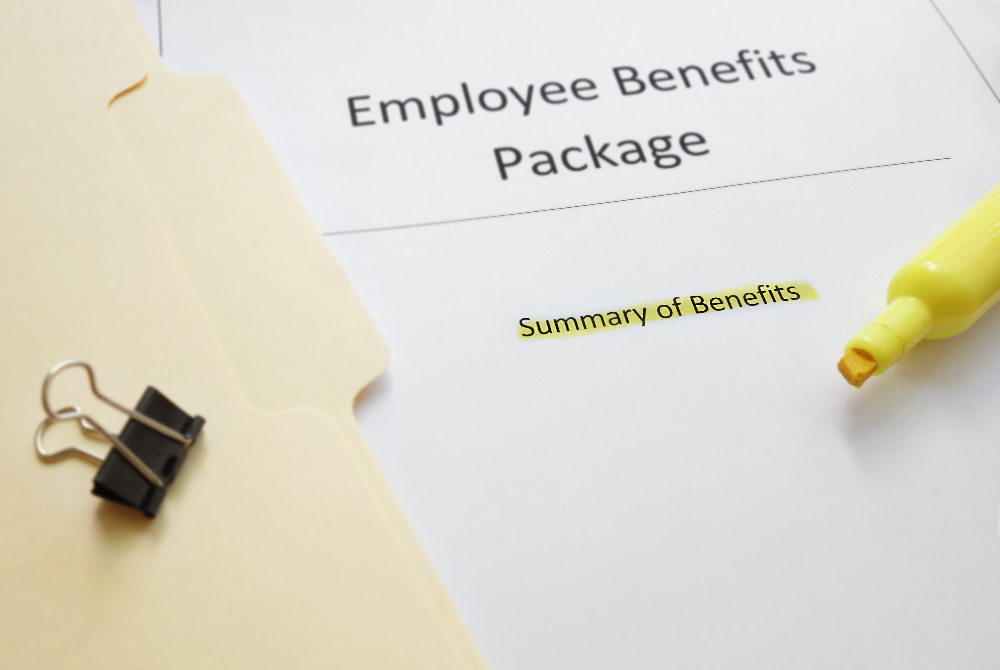For our special newsletter edition aimed at the C-suite, we asked some of the most respected wellbeing leaders in the industry what they would like to see senior management doing in future with regard to wellbeing strategies.
Here’s what they said…
(And if you’re a driver of workplace wellbeing in your organisation reading this, why not share this with your C-suite, or share it on your social channels?)
1. Be the change you want to see
Top of their wishlist is for the C-suite to, not just talk the talk (which many are very good at), but also walk the walk (which less are doing).
This includes leading by example and – yes – the ‘V’ word… they want to see senior managers opening up, being vulnerable and telling their own mental health and wellbeing stories. It also includes tapping into the power of stories across the whole workforce generally, amplifying them and taking a genuine interest in them.
Lesley Woods, chief communications officer, Ministry of Defence, says:
“I wish more senior leaders would be more open in how they take care of their own well-being, setting personal examples that colleagues feel safe to follow. Too many times they might say the ‘right words’ but fail to model the behaviours and follow through. We need our leaders to be human.”
(See Lesley’s profile in this article)
Arti Kashyap-Aynsley, global head of wellbeing & inclusion for Ocado Group, says:
“I would love them to attach their voices to the wellbeing agenda by exhibiting more vulnerability in how they lead by example.”
(See Arti’s profile in this article)
Nick Davison, former head of wellbeing at John Lewis Partnership, now wellbeing strategist, says:
“The C-suite needs to ensure that their people have a voice which is listened to and visibly leads to positive change that makes a difference to their employees’ working lives, in a world which is constantly changing and full of challenge and uncertainty. They need to build their wellbeing narratives relentlessly telling positive stories, which recognise employee successes, highlighting collaboration and progress and showcasing new communities which work across the business outside of organisational boundaries.”
(Read about Nick’s work in this article)
Caroline Eglinton, head of inclusion, East West Railway Company, says:
“Designing wellbeing programmes/approaches that recognise the intersectionality and diversity of people – understanding that one solution can never fit all. I would love to see organisations understand deeply how this can be done in practice, as well as C-suite leading by example by speaking about their own intersectional experiences, giving others permission and confidence to be authentic and sharing their own stories. Ultimately I think this is the way we open wellbeing as being a meaningful subject for all and moving away from having a one-dimensional view of it.”
(See Caroline profiled in this article)
Victoria Sloan, head of wellbeing, Anglian Water, says:
“Given the pressures that C-suites and businesses are under at the moment, they should make sure they are leading by example and engaging in activities and resources to support their own wellbeing.”
(For more on a webinar Victoria took part in on financial wellbeing, see this article)
Rebecca Eaton, group occupational health and wellbeing lead, QHSE team, Mitie, says:
“In the future we need to see the C-suite both talking passionately about health and wellbeing but also demonstrating it in the actions that they take. I see too often that leaders play lip service to health and wellbeing but contradict this with the expectations they set, particularly in busy times, when employee health and wellbeing falls down the priority list.”
(You can hear more from Rebecca in this webinar which she took part in)
2. Put wellbeing at the heart of your business strategy
We hear this plea time and time again from wellbeing leaders. Frustratingly for wellbeing professionals, some organisations still appear not to fully recognise the importance of wellbeing and its centrality to the success of an entire business and, instead, place it at the periphery.
Louise Aston, wellbeing director at Business in the Community, says:
“Employee wellbeing needs to be non-negotiable. Actively embrace and drive wellbeing by putting thriving people at the heart of your business strategy.”
(For more on Louise’s campaign to make ‘good work’ a reality, see this article)
Paul Hendry, global vice president for HSE at Jacobs, says:
“I would like to see them really embrace the idea that if you have your people thriving then they will become much more productive. A lot of C-suite will say this and then do not put the resources and support in place which could really drive this. I would also like to see Wellbeing sitting outside of the HR function because it can become quite transactional instead of people and individual centric.”
(For more on a webinar Paul took part in about engaging the C-suite, see this article)
Hannah Pearsall, head of wellbeing, Hays, says:
“The workplaces which are the most successful in fostering a culture that supports positive choices when it comes to wellbeing have CEO’s/C-suite who understand what wellbeing is, are clear in the role they play in supporting it and recognise that wellbeing in the workplace is critical to sustaining high performance, mitigating risk and reducing cost. The outlook is improving but I still see many organisations where this is not the case.”
(To read our profile of Hannah, see this article)
Arti Kashyap-Aynsley, global head of wellbeing & inclusion for Ocado Group, says:
“I would love to see the C-suite merging the wellbeing strategies into the overall business strategy without it always just being seen as a ‘people’ challenge to solve.”
3. Get more data-led and strategic with wellbeing
This is a hot topic that we’ve covered in detail recently (see this article on why the wellbeing industry must address the data gap) and it is likely to keep gathering momentum in 2023.
Dr Wolfgang Seidl, partner & workplace health & consulting leader UK & Europe with Mercer Marsh Benefits, says:
“What gets measured gets managed! Hence forward-looking organisations are starting to think about reporting a good metric of employee wellbeing to the C-suite. Once having the attention of the boardroom, the next step is to include employee wellbeing in the annual report and making a public commitment. Senior leadership have woken up to the various dimensions of wellbeing, such as financial, physical, emotional, and environmental well-being, but also purpose, engagement, flexible working and work-life integration, and they are asking for multi-stakeholder conversations and a wellbeing inspired Employee Value Proposition (EVP). I would encourage those conversations to be based on data insights and employee listening.”
(To see Wolfgang interviewed, see this article)
Nick Davison, former head of wellbeing at John Lewis Partnership, now wellbeing strategist, says:
“In terms of the wellbeing strategy, don’t fall into the trap of just buying the ‘latest thing’ as a tick box exercise with a hope that it will help and satisfy your workforce. Establish what is needed for your people specifically, across all of the wellbeing elements -physical wellbeing, mental wellbeing, financial wellbeing, social wellbeing and sense of purpose. This will take some effort but gathering a fact base allows you to prioritise and make choices when it comes to assessing what proactive and reactive services and benefits you will provide. This is especially important in these tough times when budgets are being squeezed, our standards of living are under enormous pressure on many fronts and there is a rapidly growing mental health crisis. And then set clear objectives to go after.”
4. Recognise the huge importance of the line manager when it comes to employee wellbeing
This is a topic increasingly being brought up by wellbeing directors who recognise the impact – for better or for worse – of the line manager’s behaviour on his/her team.
Stephen Bevan, head of HR research at the Institute for Employment Studies, says:
“On the C-suite question, I guess my main ‘ask’ would be for senior executives to appoint, promote & reward only those line managers who can demonstrate an ability to manage their people with clarity, empathy and emotional intelligence. This will deliver loyalty, performance, retention and wellbeing.”
(For Stephen’s advice on how to cultivate autonomy in teams, see this article)
5. Ensure the person assigned the wellbeing strategy has seniority and clout
Again, another issue that rears its ugly head often: we hear many professionals bemoan the fact that the wellbeing lead often doesn’t have the power and influence that is needed to effect meaningful change.
Dr Judith Grant, former group head of occupational health and wellbeing at the Royal Mail Group and now a wellbeing consultant, says:
“If the C-suite wants the Wellbeing Strategy to be effective and respected across the organisation it needs to be led by a qualified individual in a senior-level role. There has been recent talk about the need for chief wellbeing officers, but we’re not seeing these come to life in non-consultancy organisations yet. The majority of roles continue to be more junior or mid-level grades. Operationally this may be appropriate to deliver wellbeing initiatives but for wellbeing to be a truly strategic goal, aligned with other business priorities, senior qualified roles are required to lead it. While I’d like to say hierarchy doesn’t matter, and clearly job titles will vary from company to company, being at a senior grade is often critical to get the buy in and respect of other senior leaders in the organisation, ensuring more effective implementation at every level of the organisation. It would be great to see more directors of health and wellbeing or chief wellbeing officers in the near future.”
(To read a profile of Judith, see this article)

















